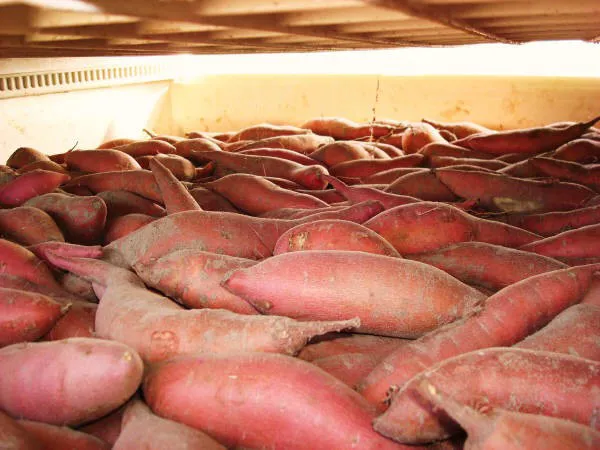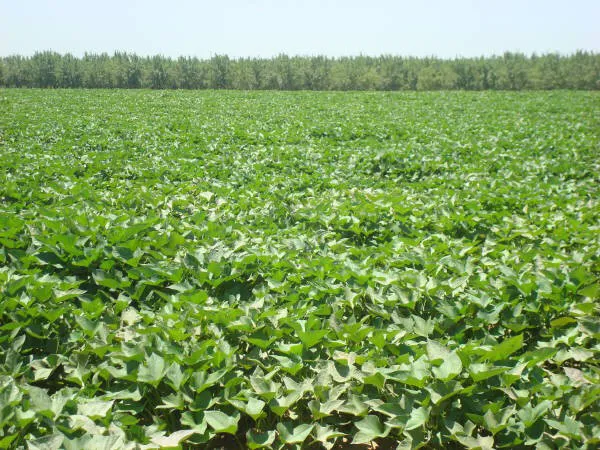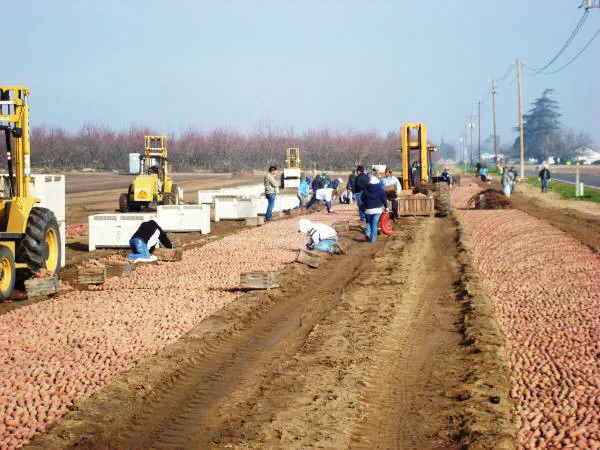Supplies of sweet potatoes are ample as the industry moves into what historically is a slower period of movement in the year.
“The 2020 crop yield was pretty significant compared to the 2019 yield. So there are good supplies. And supplies are greater than at this time last year,” said Larelle Miller of Quail H Farms in Livingston, CA.
She notes that potatoes are coming from growing regions such as North Carolina, Mississippi, Arkansas, Louisiana and California.

However demand is somewhat lackluster. “This is normal for this time of year as we go into the summertime,” says Miller. “A few years ago sweet potatoes were known as a superfood and people were consuming them in good quantities year round and that’s slowly dissipating. People forget how good sweet potatoes are for you and how healthy they are. They’re also not as easily prepared as other staples. As an industry we need to improve our messaging with the help of retail," she adds.
California and foodservice
Yet, as restaurants and other foodservice outlets continue to reopen, that demand should pick back up on that side of the business. “The California sweet potato industry doesn’t do a lot of foodservice business. Most of that business is covered by North Carolina and Mississippi and Louisiana,” Miller adds.
Meanwhile the industry continues to be hit with many cost-related issues such as labor costs for a commodity that depends heavily on labor. “They’ve been able to automate some of it. But along with overall labor costs going up, material costs have gone up,” says Miller. “Materials costs, but also transportation costs have gone up. We’ve seen significant increases in materials from pallets to cardboard to mesh to film for the bags to glue. We are hoping that message gets out there as we go into the 2021 crop and can try to make up for some of that.”

As for pricing, it’s currently somewhat depressed given there isn’t a lot of movement on potatoes. “Some people believe if you drop your price, that will generate movement but that doesn’t work. That only works if the retailers are also working in conjunction with the shippers and that doesn’t always happen,” she says.
2021 fresh crop
Looking ahead, the challenge will be to continue moving the 2020 crop as it faces the 2021 fresh crop. “We’re still planting through the end of June which is typically a few weeks later than we’d normally go. But that allows us to stretch out our harvest a little bit later,” Miller says.

More broadly, she also adds that the industry as a whole needs to reconsider how much volume the market can bear. “We need to be smart about what we do and how we go to market. The sweet potato industry is a “wild wild west” if you will. It’s difficult to get real information because there’s no one source of market data in terms of how much acreage, volume, shipments, etc. The USDA does the best they can with the market news but they don’t always get full participation. I have seen a little more cohesion within the industry over the past few years but we have a ways to go."
 For more information:
For more information:
Larelle Miller
Quail H Farms
Tel: +1 (209) 394-8001
lmiller@quailhfarms.com
www.quailhfarms.com
